
Massimiliano Falzari
Machine Learning Engineer & AI researcher
About Me
I'm a passionate Machine Learning developer and AI researcher with a strong mathematical background in Artificial Intelligence. I completed my MSc in Artificial Intelligence at the University of Groningen. My expertise spans various ML fields, including Reinforcement Learning, Natural Language Processing, Computer Vision, Robotics, and Knowledge Systems. I have honed my communication and teaching skills by sharing my knowledge as a teaching assistant for many University courses. My experience extends beyond academia, as I have worked as a backend developer, AI consultant for startups, and AI researcher focusing on Research & Innovation projects at both national and international levels.

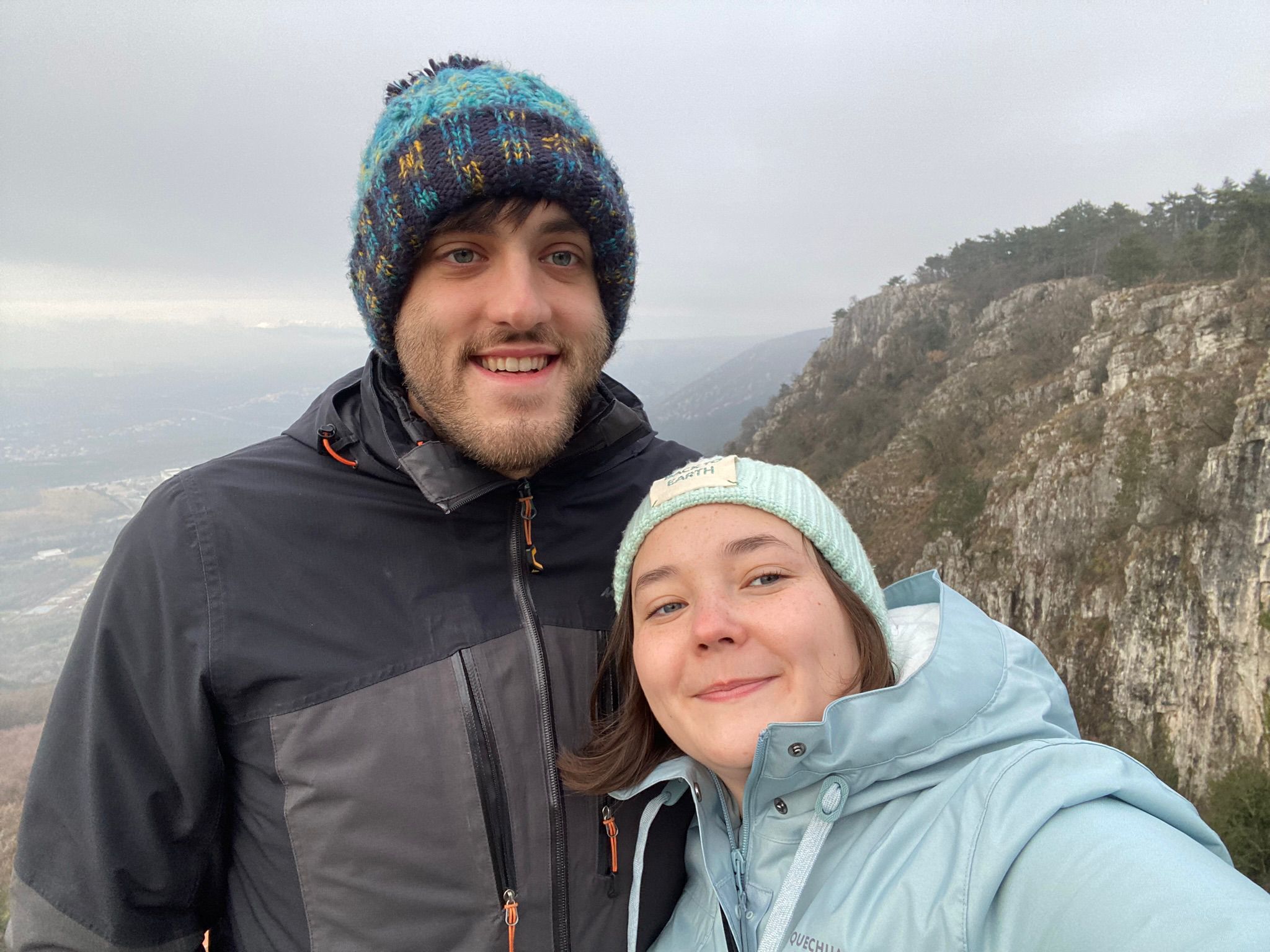
I thrive on applying ML concepts to real-world challenges, building solutions from the ground up, and communicating complex technical concepts in a clear and concise manner. My recent work has centered on implementing innovative methodologies and tools to optimize project outcomes, with particular emphasis on designing and fine-tuning LLM prototypes while establishing robust MLOps and LLMOps practices. When I'm not immersed in the world of AI, I enjoy staying active with sports like volleyball and swimming and strategizing over a game of chess.
Publications
Fisher-Guided Selective Forgetting: Mitigating The Primacy Bias in Deep Reinforcement Learning (2025)
- Introduced a novel method using the Fisher Information Matrix (FIM) to identify and mitigate the primacy bias.
- Demonstrated improved learning efficiency and performance by selectively adjusting network weights, preventing early experiences from dominating the learning process.
Upside-Down Reinforcement Learning for More Interpretable Optimal Control (2024)
- Implemented an innovative Upside-Down Reinforcement Learning (UDRL) framework using tree-based ML methods.
- Focused on interpretable approaches to Reinforcement Learning, demonstrating their viability in optimal control tasks.
- Contributed to the field of interpretable RL, showing tree-based methods can offer performance on par with NNs while being more transparent.
The Primacy Bias Through the Lens of the Fisher Information Matrix (2024)
- Analysed and explained the Primacy Bias phenomena by using the Fisher Information Matrix (FIM).
- Demonstrated how the FIM can identify critical memorization phases during training.
- Connected the Primacy bias to the concept of Transfer Learning
Autoencoder-based Deep Reinforcement Learning for ground-level walking of Human Musculoskeletal models
- Investigated the effectiveness of using autoencoders to improve Deep Reinforcement Learning.
- Compared undercomplete and variational autoencoders, with PPO+IL achieving best results with the undercomplete one.
- Demonstrated how autoencoders compress high-dimensional state spaces, improving learning efficiency in complex environments.
Projects


Upside-Down Reinforcement Learning for More Interpretable Optimal Control
- Source code available for a novel Upside-Down RL framework using tree-based ML methods.
- Deployed demo to experiment and understand the capabilities of tree based methods in a UDRL setting
- Implementation focuses on interpretable approaches to reinforcement learning.
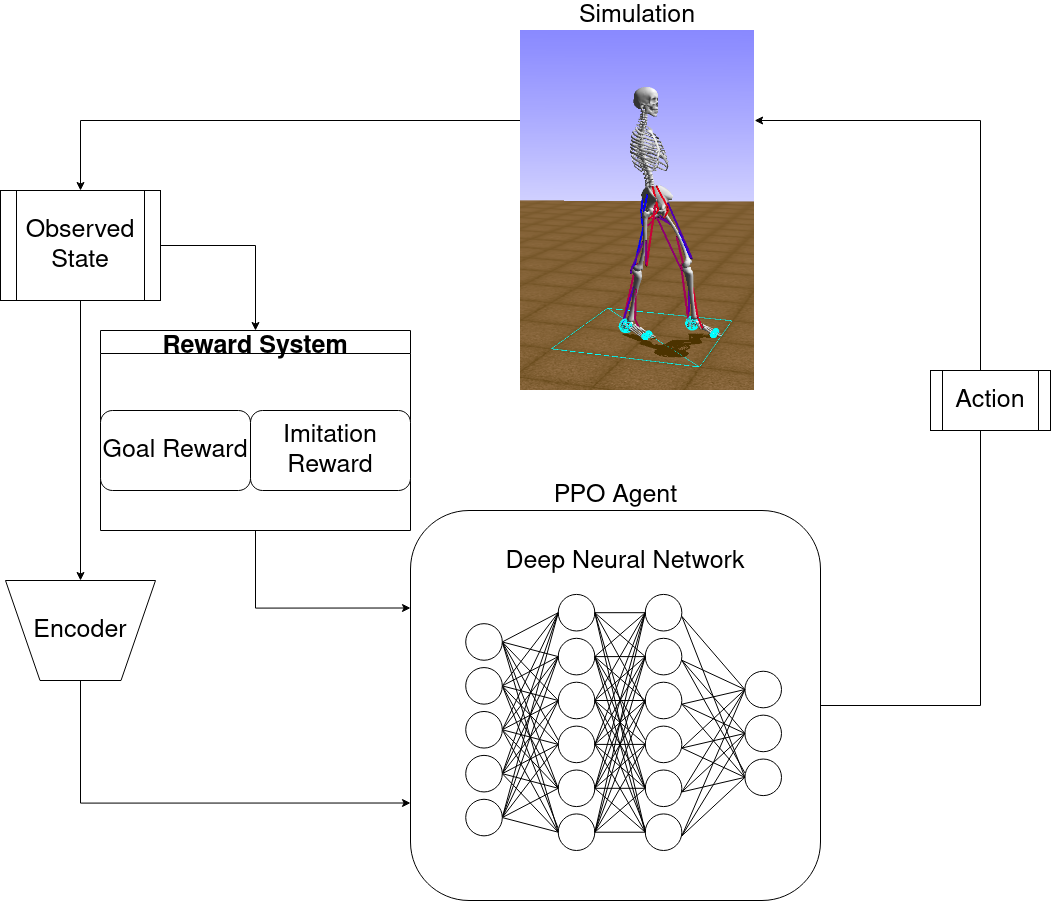
Autoencoder-based Deep Reinforcement Learning for ground-level walking of Human Musculoskeletal models
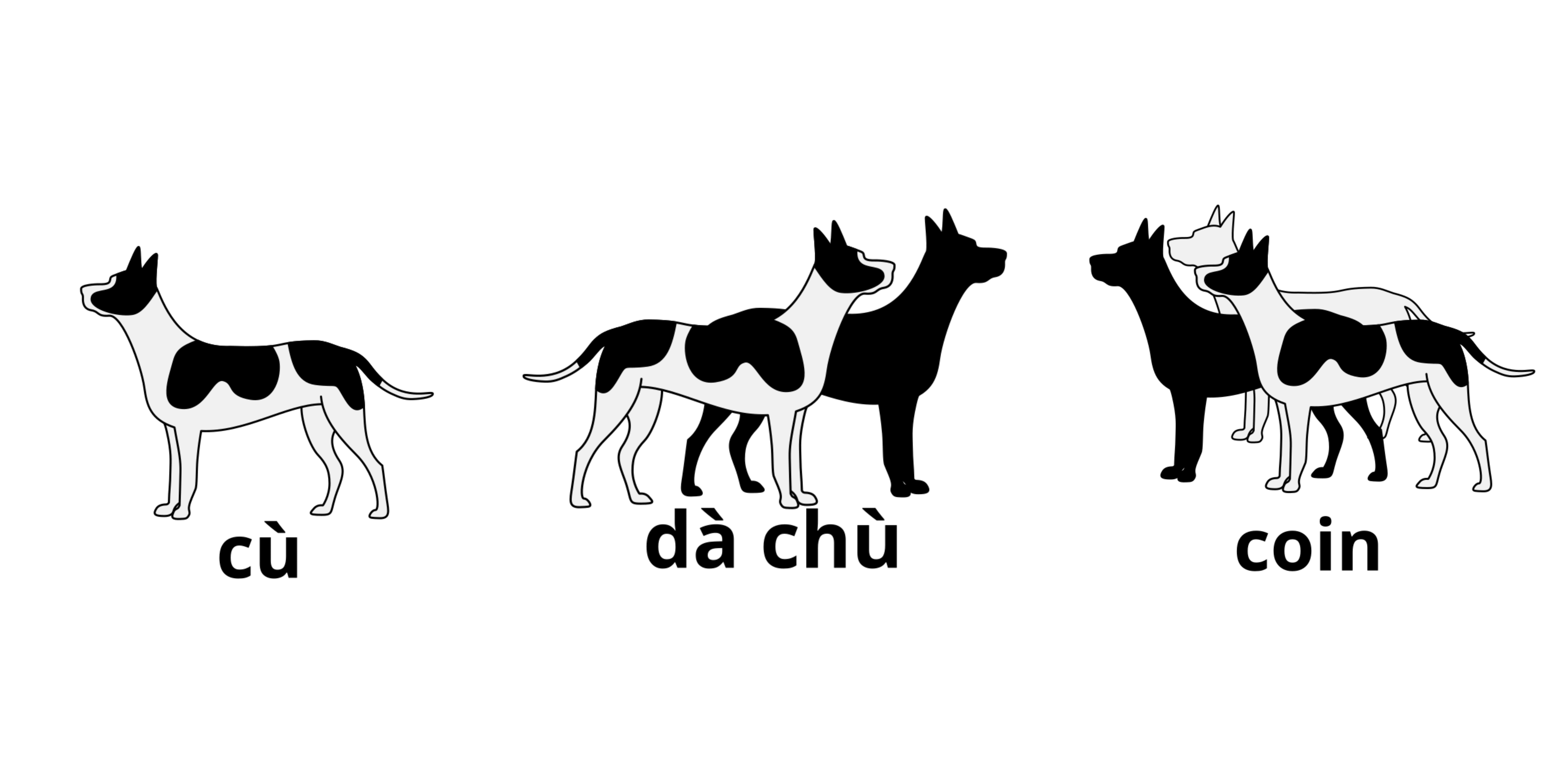
Investigating LoRA for Cross-Lingual Adaptation in Word Inflection
- Code available for fine-tuning ByT5 model using Low-Rank Adapters (LoRA).
- Demonstrated state-of-the-art results for morphological inflection.
- Showed benefits of pre-training with related languages.
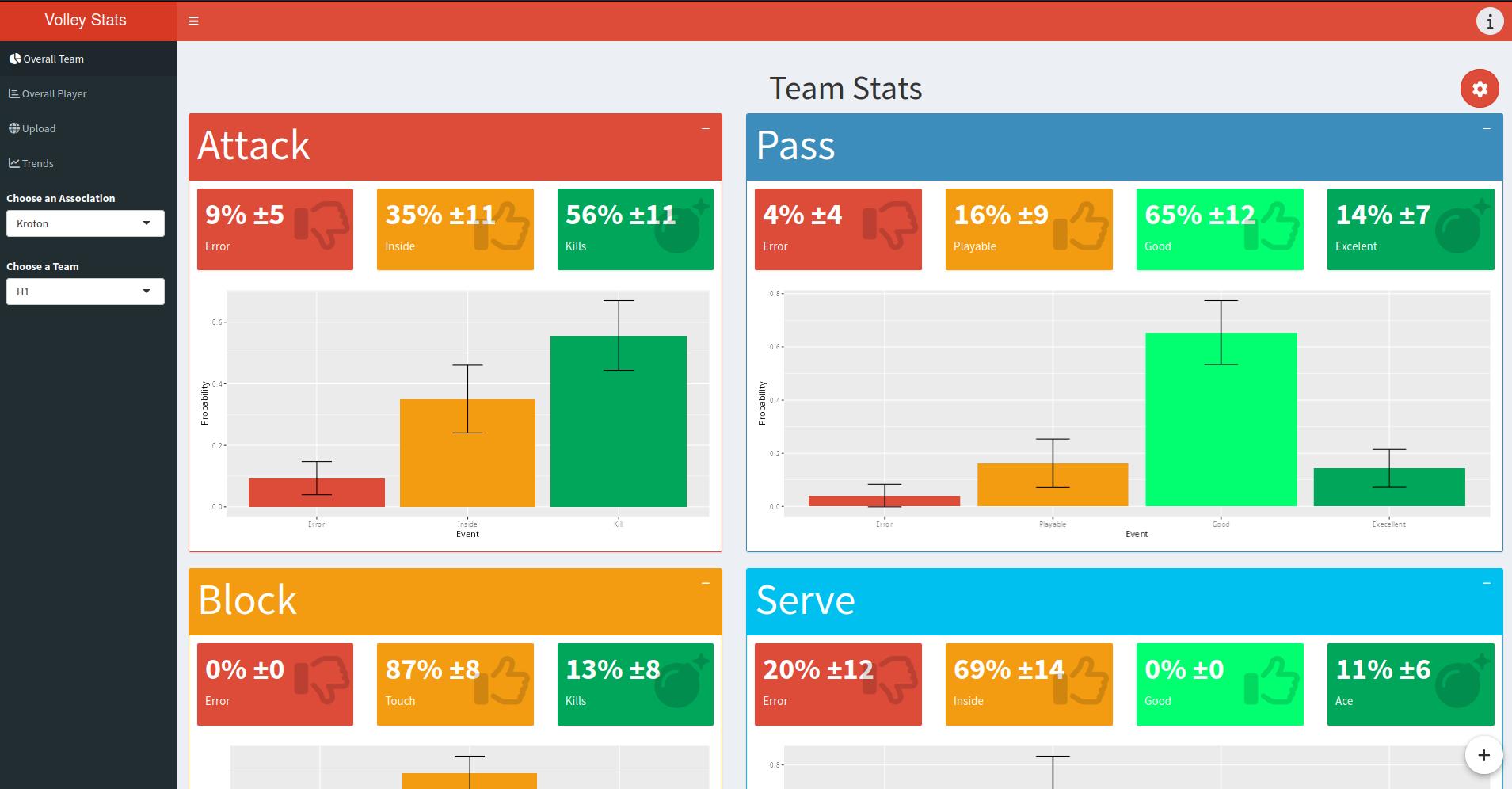
Volleyball Statistics Website
- Source code for a website to manage and visualise volleyball statistics.
- Implementation includes data management and trend analysis.
- Data organization for faster retrieval.

Boundary Equilibrium GAN
- Source code replicating the Boundary Equilibrium GAN paper.
- Implementation uses PyTorch, TorchVision, Numpy, and CUDA.
- Addresses mode collapse issues in GANs by promoting diverse sample generation.
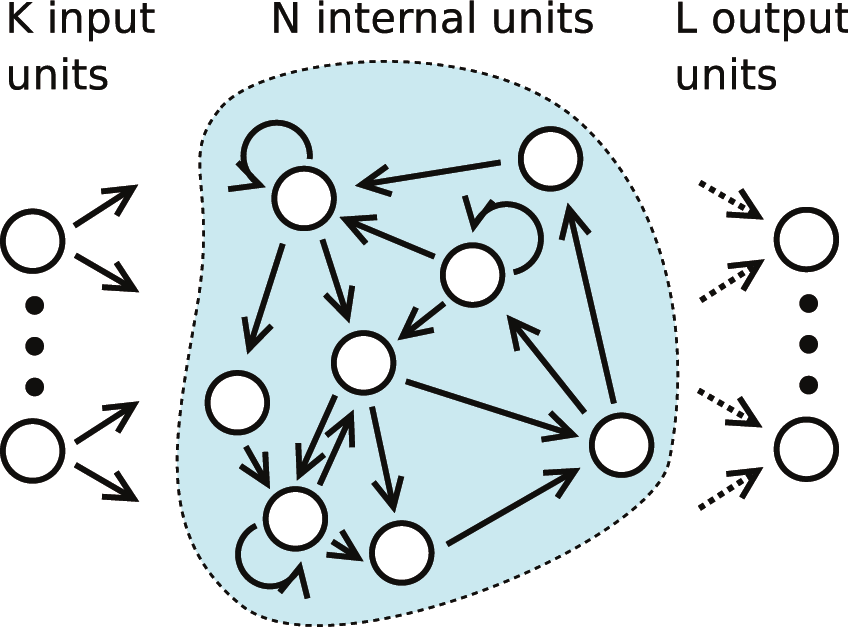
Echo State Network for Percussion-based music generation
- Source code for a project combining Particle Swarm Optimization and Echo State Networks.
- Project uses Python, NumPy, SciPy, and Matplotlib.
- Implements a method to enhance music generation tasks.
Experience

AI & Data Scientist
Widegroup | April 2025 - Current
- Develop end-to-end AI-based solutions
- Develop Multimodal LLM systems for information extraction and eleboration
- AWS infrastructure (EC2,ECS,Lambda) + Event-Driven architecture MSK (Kafka)
- Focus on LLMOps and DevOps
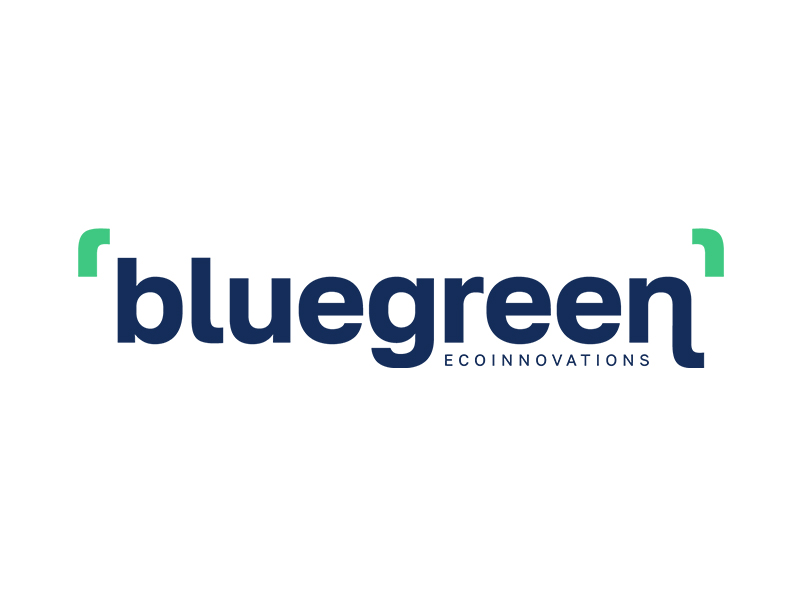
AI Engineer
Bluegreen | March 2025 - Current
- Architected and developed a Retrieval-Augmented Generation (RAG) system.
- Integrated Langchain and LangGraph for advanced AI workflows.
- Built interactive UIs using Streamlit.
- Deployed scalable AI applications with FastAPI.

AI Researcher
Engineering | December 2024 - April 2025
- Research & Innovation projects at both national and international levels
- Implement innovative methodologies and tools to optimize projects outcomes
- Design, develop and finetune prototypes in the context of LLMs
- Focus on MLOps and LLMOps.
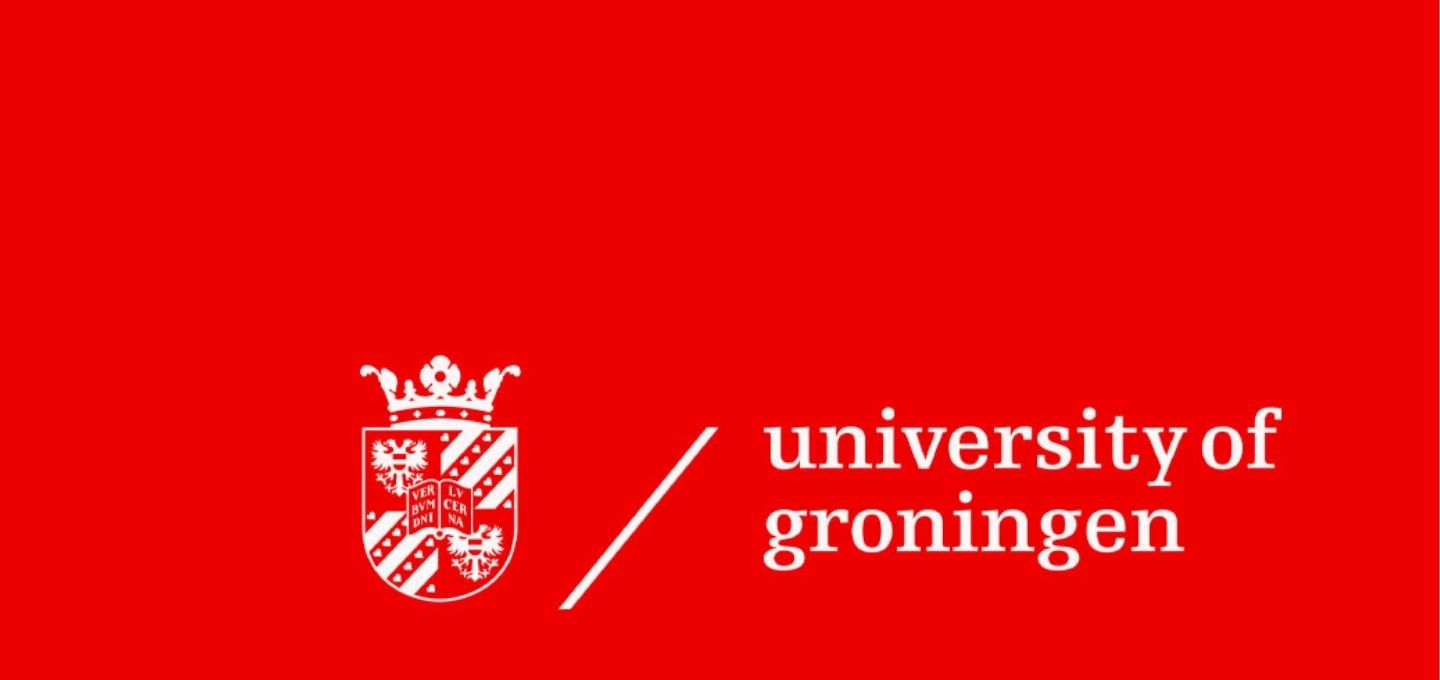
Teaching Assistant
University of Groningen | April 2021 - August 2024
- Coordinated and organized courses
- Taught seminar groups
- Graded assignments and exams
- Supervised courses in:
- Languages and Machine
- Cognitive Robotics
- Deep Learning
- Reinforcement Learning
- Deep Reinforcement Learning

IA Consultant and Backend Developer
Basis | April 2021 - September 2021
- Developed backend solutions
- Brainstormed ideas on data treatment
- Proposed potential Machine Learning approaches
- Coordinated with frontend developers